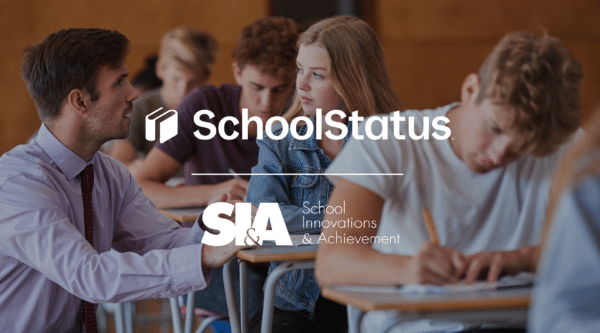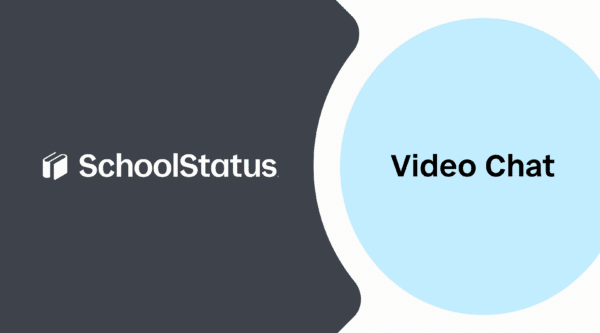


Lindsay Deacon, instructional coach in Portland, Oregon, shares her three-perspective approach to plan and execute projects with a team.
W
e’ve all been there: you’re on a team or committee with a great new idea for a project. At first, enthusiasm is high and everyone is ready to roll up their sleeves and do some heavy lifting. Then, when it comes to meeting and planning for that project, the conversation circles around ideas without an action plan or bird-walks onto the challenges that will get in the way. Perhaps even one or two members dominate the conversation while others don’t speak at all. It doesn’t take long for the energy to wane and the project to become forgotten or abandoned. For this reason, I am a huge fan of using protocols.
“Protocols are vehicles for building the skills—and culture—necessary for collaborative work…using protocols often allows groups to build trust by actually doing substantive work together.” —
School Reform Initiative
I was recently approached to create a project-planning protocol based on an idea that’s inspired me since my earliest years of coaching: when you have a challenge, consider it from three perspectives—a telescope, a microscope, and a wide-angle lens. Believe it or not, I read about this concept from Martha Stewart and it has continued to serve as a purposeful reminder that we need to look at our work from multiple angles!
The “telescope, microscope, and wide-angle lens” protocol expands and clarifies the vision for a group project through discussion and reflection from multiple perspectives. Originally, the protocol was developed for varying levels of participant experience in collaborative work. While some schools regularly utilize protocols in teacher teams and leadership meetings, I wanted to honor that this protocol could be used for a parent committee, teams who might be new to each other, or coaches ready to experiment using this type of tool, too.
The 6 steps for successful planning
“Close your eyes and imagine that there are three sorts of optical instruments on your desk and that you will constantly be switching among them.” —Martha Stewart
1) Start with a focus
A focus quickly sets intentions for the upcoming conversation and ensures that the group understands the purpose and process of using the protocol. In High Performance Habits, Brendon Burchard states, “No clarity, no change. No goals, no growth,” and it’s critical that the team understands the why and how of this process.
2) Grab a telescope
The team is then asked to “pick up” their telescope to begin visioning the future of the project. By pulling the perspective back, the discussion identifies the bigger picture of their project and sets aspirations in context with the long-term. In addition to gaining clarity on the overarching project goal, the team identifies key milestones along the way.
3) Utilize a wide-angle lens
Next, the group utilizes its wide-angle lens, a perspective that positions the group to consider the broader landscape in which the project will exist and how the group must operate around those conditions. By identifying organizational trends (e.g., district initiatives) and acknowledging the team’s locus of control, the factors that can make or break the project are identified early on.
For instance, if the team is hoping to implement a new early-literacy program in their school, how might it be supported within the larger context? This process helps a team de-silo the project and think “wider” with intention.
4) Discover details with a microscope
Then it’s time to bore down to the details with a microscope. This discussion is action-oriented and asks members to identify necessary details such as key stakeholders, key actions, and ways to monitor progress. In addition, team members must identify what makes this specific project unique and special, thus uncovering nuances that might not have already surfaced.
5) Pitch the project
Finally, the group comes together to create its elevator pitch. If this project is truly dynamic and unique, surely they will be sharing it with others in the school, district, or community. This clear and concise vision-statement is critical to the team’s understanding of their project, as well as communicating the message to others.
If the message is unclear or differs depending on who is speaking, external stakeholders will question the team’s ability or commitment to the plan, but if each member leaves this planning meeting with the exact same message, it will undoubtedly build trust and interest among others.
6) Review your work
The School Reform Initiative is quick to remind us that it’s “important to remember that the point is not to do the protocol well, but to have in-depth, insightful conversation about teaching and learning.” While groups will be tempted to skip the review, it’s critical to give each person a chance to talk about the process and how it went—both as a way to learn what works for the group, as well as to reflect individually on the skills necessary for engaging in reflective dialogue.
Often hearing other perspectives on the process helps people see the value of using a structured protocol, like: “What worked? What made using the telescope, microscope, and wide-angle lens perspectives useful? What will be done differently next time?”
Final Tip
Using this protocol is the first step to planning, but as we often become comfortable in seeing things from one perspective, I recommend continually examining your work with the three tools (i.e., telescope, microscope, and wide-angle) in mind!
About our Guest Blogger
Lindsay Deacon has a passion for coaching and currently serves as an instructional coach, leadership coach, and soccer coach in Portland, Oregon.
Be sure to follow Lindsay on Twitter @TheRealLindsay2!
{{cta(‘352a410e-db79-4f33-a482-d301e8041965′,’justifycenter’)}}
Stay Connected
News, articles, and tips for meeting your district's goals - delivered to your inbox.








